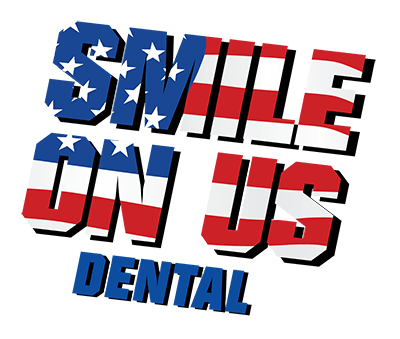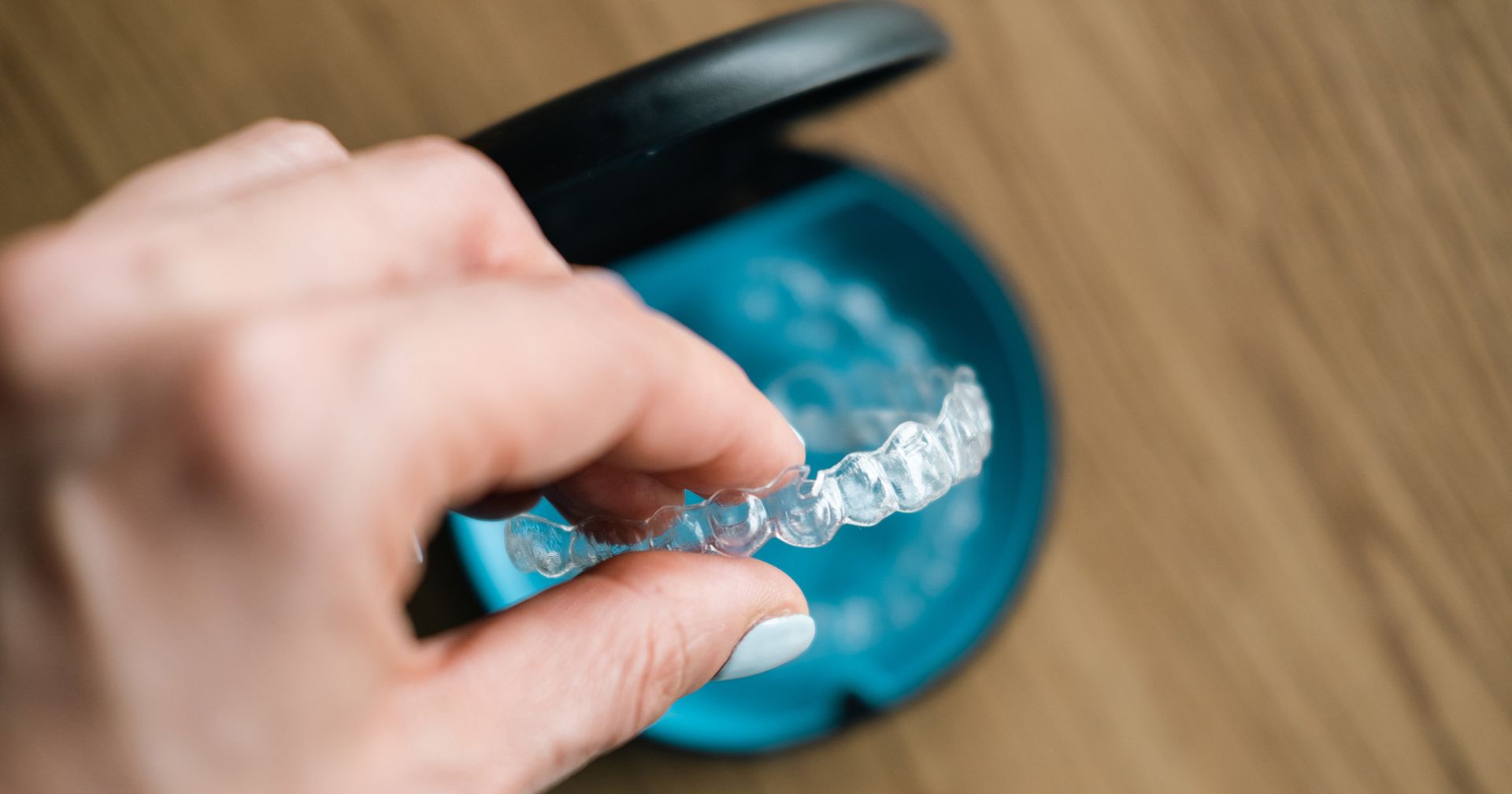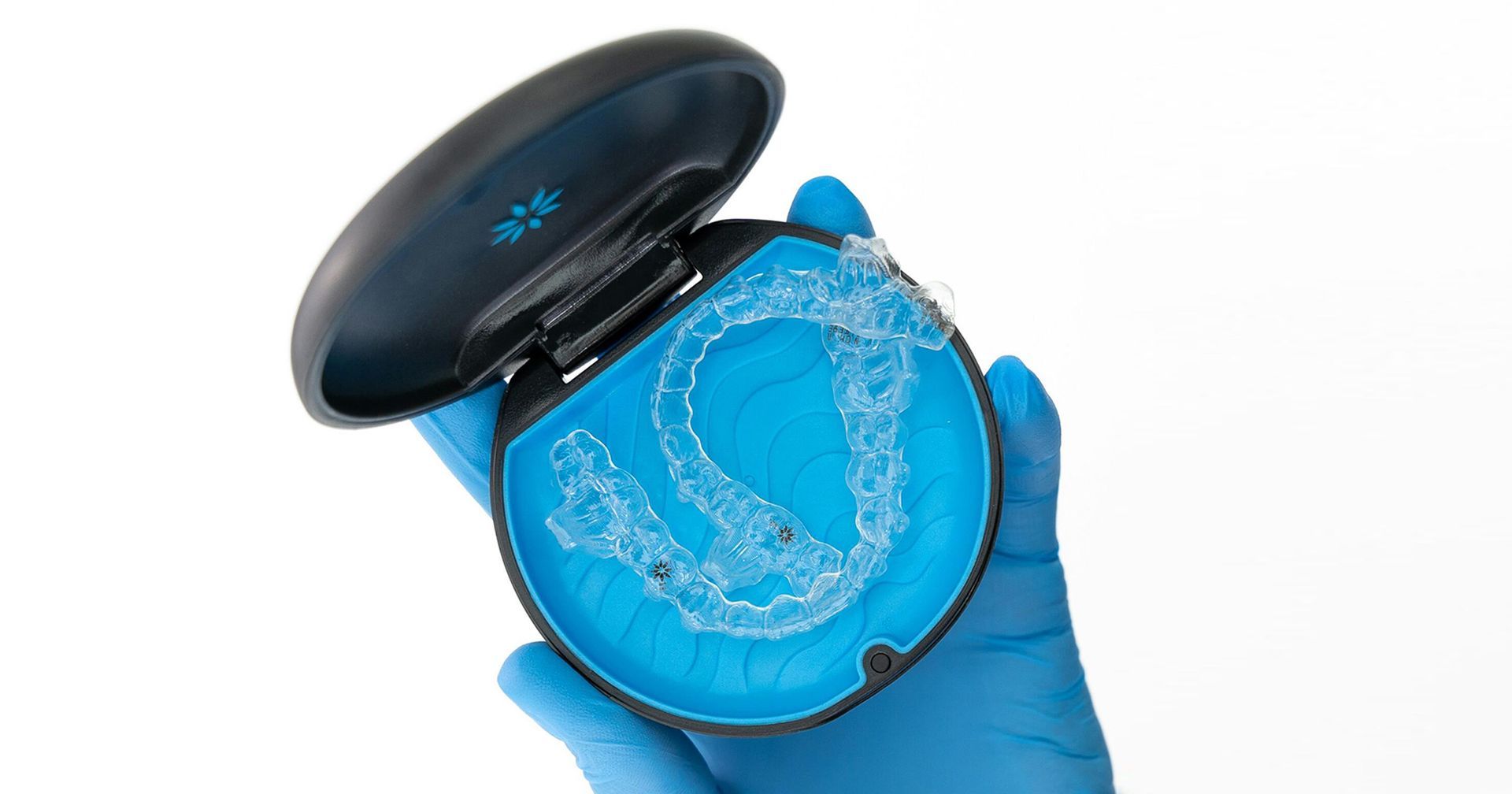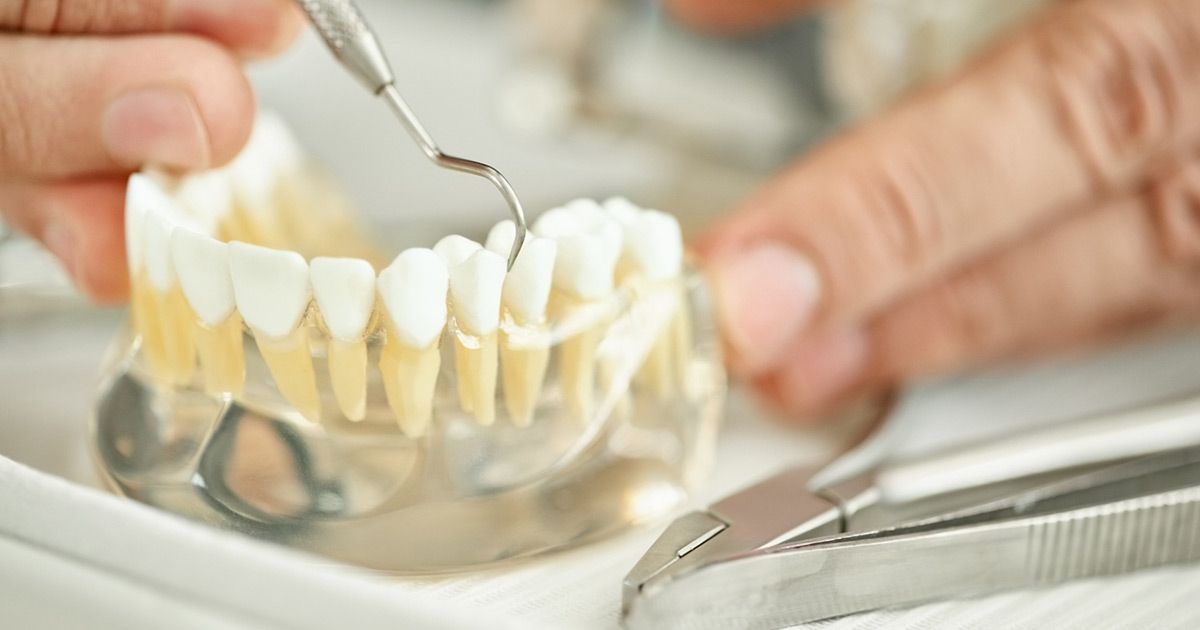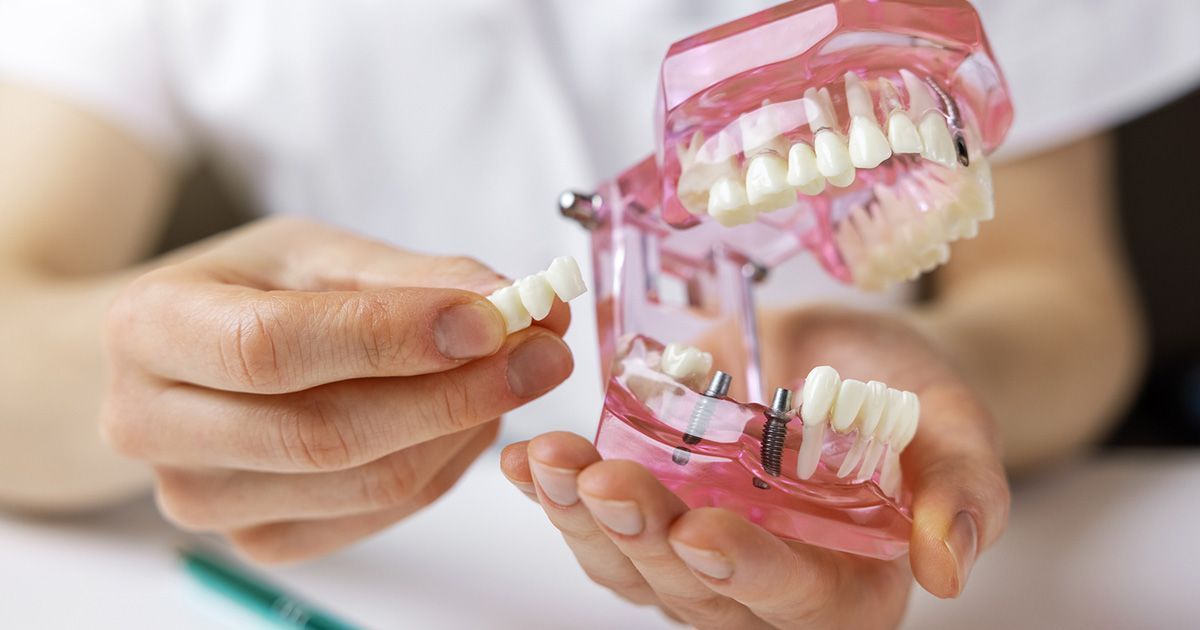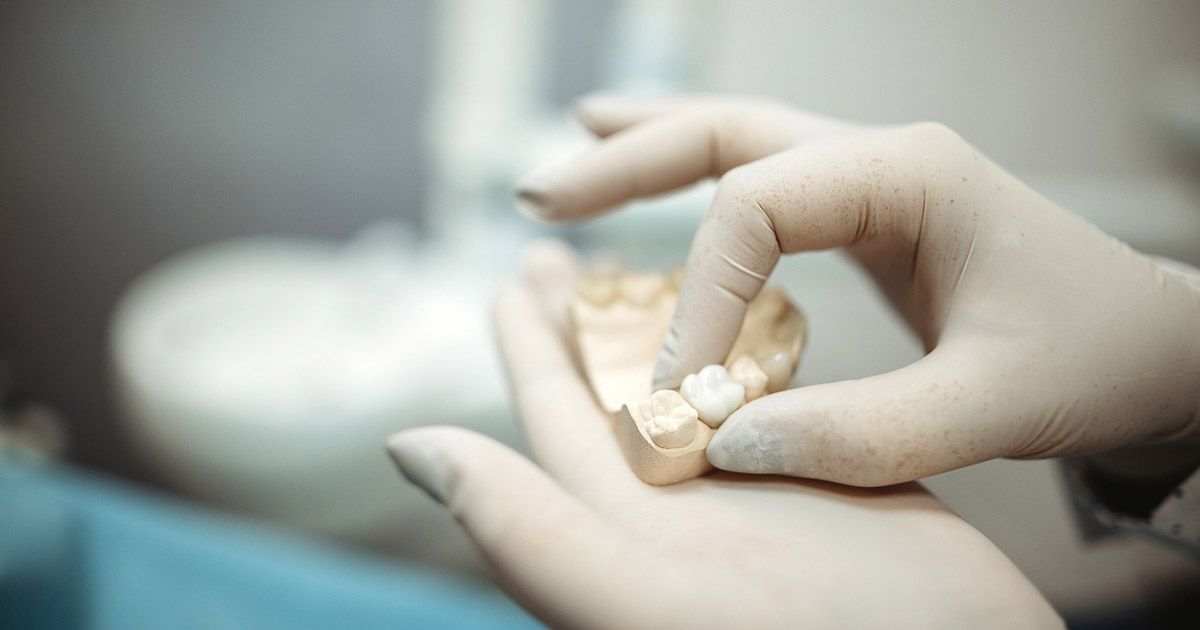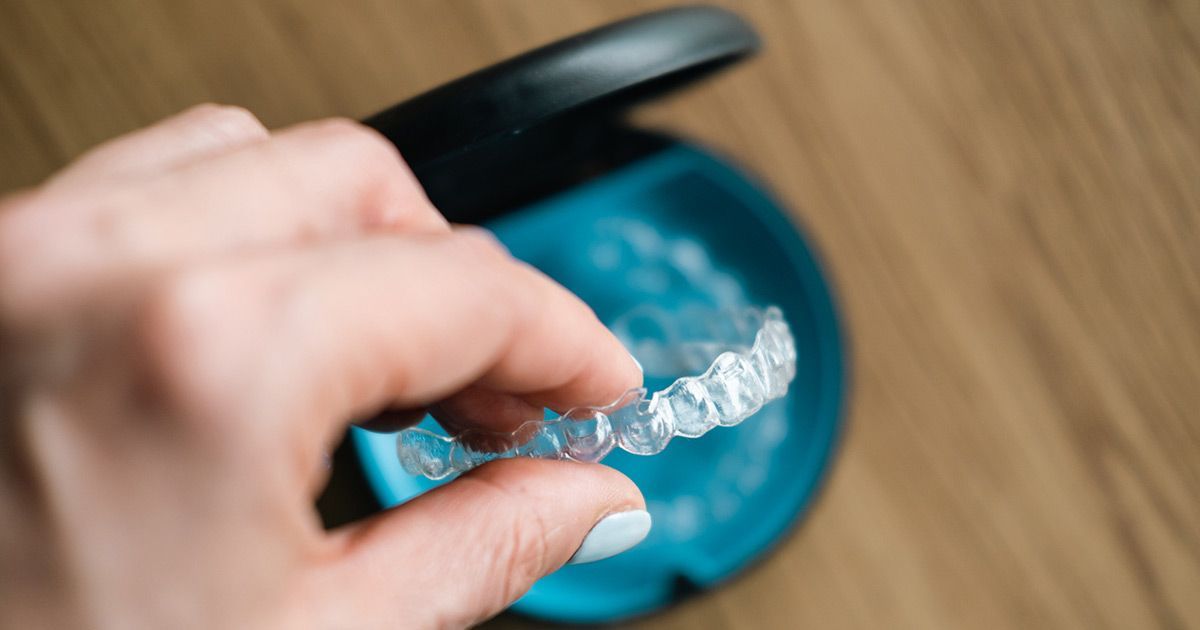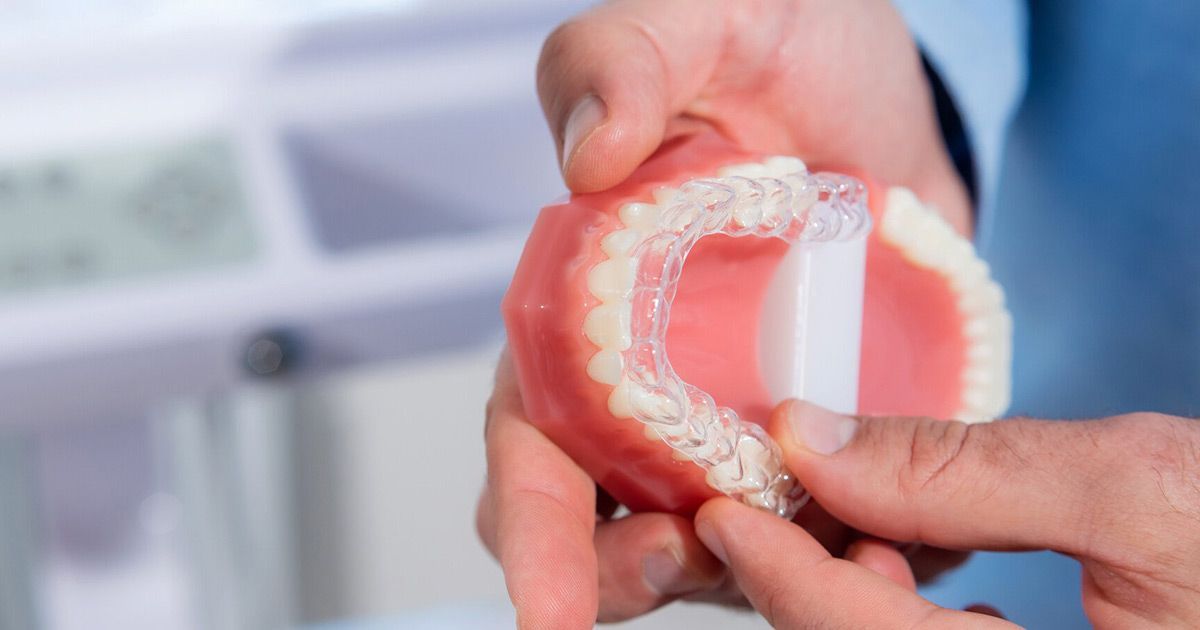The Main Kinds of Dental Implants Surgery
Porcelain veneers are exploding in popularity, and with good reason! See why now with our informative guide, and see how a dentist in Hollywood FL can help now.
120 million people in the US are missing one or more teeth. For some, an injury or illness causes tooth loss. Other people lose teeth due to decay and gum disease, which can result from poor oral hygiene.
The good news is that dental implants can restore missing teeth. Dental implants are made of a metal post or screw and a tooth-like crown. They are as strong as and nearly identical to your natural teeth.
When it comes to implants, you have options. There are multiple types you can get depending on factors like the health of your jawbone and how well you adhere to your dentist's aftercare instructions.
Below, we discuss the most common types of dental implants, so keep reading to find the best option for you.
Endosteal Implants
Endosteal implants are the most common type of dental implant. As long as your jawbone is relatively healthy, endosteal implants should work for you.
You will have to get a metal screw-like post surgically placed into your jawbone. After a brief recovery period, the post will fuse with the jawbone as if it is a real tooth root.
The final step is to screw on the crown. A crown is a tooth-like cap that may be made of metal or tooth-colored material such as porcelain or ceramic.
Subperiosteal Implants
Subperiosteal implants are best for people who do not have enough healthy jawbone tissue for an endosteal implant.
This type also requires a metal screw implant. The difference is that the post attaches to a metal support frame. Your implant dentist will surgically place the implant into the gum line rather than the jawbone.
Once the gums heal around the frame, the dentist adds a crown. You can get the same types of crown materials for endosteal and subperiosteal implants.
There are other ways to get an implant if you do not want this type. Your dentist can restore tissue to your jawbone using bone augmentation, sinus lifting, or ridge expansion. Another option is to get a zygomatic implant.
Zygomatic Implants
Zygomatic implants also work well for people with poor jawbone health. Like subperiosteal implants, the dentist places the post somewhere other than the jawbone.
In this case, the post goes into the cheekbone. The medical name for the cheekbone is the zygomatic bone, which is where this implant gets its name.
One downside to this type of implant is that it only works for upper teeth. People who need lower teeth implants will have to choose an alternative.
Immediate Load Implants
Immediate load implants are not really a type of implant. Instead, this type of dental service refers to a surgical method. Your dentist will surgically place the post and immediately attach the crown without waiting for recovery.
This type of dental implant surgery is not for everyone. People with poor physical, oral, or jawbone health and tobacco users are not good candidates for immediate loading.
Compare this to the traditional way implant surgery is done. You would have to wait for the jawbone to heal around the post before getting the crown.
Mini Implants
Mini dental implants are another suitable option for people who don't have enough jawbone tissue to support an endosteal implant.
Similar to subperiosteal implants, the dentist surgically attaches the post to the gum surface. Then, the crown screws onto the post. The entire mini implant measures less than 3mm in diameter.
The benefits of mini implants include that they are less invasive and take less time to heal. The only downside is that they are not as durable as regular implants.
All-on-4 Implants
2.2% of adults aged 20 to 64 are edentate, meaning they are missing all their teeth. If you are missing all your teeth or an entire row of upper or lower teeth, All-on-4 implants may be for you.
This type of implant requires enough healthy jawbone tissue to place four implants. Your dentist will place two implants in the back of your mouth and two in the front. Dentures replace the remaining missing teeth.
All-on-4 implants have a ton of benefits over traditional dentures. They are more durable. Plus, they are permanent, so you never have to worry about dentures slipping and sliding around again.
Single-Tooth Implants
The majority of people who receive implants are only missing one tooth. If that sounds like you, you will only need a single-tooth implant.
You can get any type of implant to replace a single tooth.
Multi-Tooth Implants
Other people may need to replace multiple teeth at once. In this case, multi-tooth implants are ideal.
Your dentist installs all the posts and screws on all the crowns during one dental implant procedure (or two if you choose traditional loading).
The only downside to multi-tooth implants is that the procedure is more intense, and healing takes longer.
Full-Mouth Implants
Full-mouth implants aim to replace all your teeth. For example, getting All-on-4 implants for your top and bottom rows of teeth is a type of full-mouth implant.
Getting individual implants for your whole mouth can be quite expensive, especially without insurance. That's why most dentists recommend All-on-4 implants with permanent dentures.
Searching for 'Dental Implants Near Me'?
Dental implants can replace decaying or lost teeth. The most common type of implant is an endosteal implant. But subperiosteal, zygomatic, and other kinds of dental implants are better for people with compromised jawbone health.
Are you searching for the best implant dentist in Hollywood, FL? Smile On Us has over 200 5-star reviews from our patients. Contact Smile On Us Dental to schedule your dental implant appointment today!
